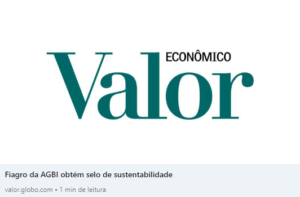Agribusiness is one of the strongest sectors in Brazil, either as a strong contributor to the national GDP or as an option for investors in the capital market, for reasons that can be linked to the environmental concern or the perception by the financial market that the sector can be stable in the face of adversity and still be very lucrative for its investors.
Now that the spotlight is on this sector, especially at a time when ESG investments are popping up in mass, the agricultural market has become extremely hot, with tremendous demand for this sort of asset causing significant price increases. The nominal average price of farmland has nearly doubled since 2019, making some investors wary of entering the market after such a steep surge. In this way, it’s critical to highlight some of the elements that contribute to farmland prices maintaining their upward trend. They are the following:
Population growth: According to the World Bank¹, the world population is expected to grow from 7.9 billion to 8.8 billion until 2030 and to 9.7 billion by 2050. This means that the population should grow by almost 1 billion in 8 years, which will create a substantial demand for agricultural products to meet the commitment of food security on the planet. Brazil as a leader in exports of products such as cattle, oranges, coffee, sugar, and soy will benefit from this demand for more food and will consequently have to increase its production.

Geography and climate: Brazil benefits from being in a geographical position that allows cultivation during the whole year, with a diversity of soils, allowing the development of different crops, facilitating the use and effectiveness of agricultural inputs, with topography suitable for mechanization, mild temperatures, abundant water resources, and well distributed rainfall throughout the year.

– Farmland availability: Brazil has a large land area in which only 7.8% of it is used for agriculture, according to EMBRAPA². Brazil has today about 63.5 million hectares of cultivated land, of which the Cerrado alone has a potential of 85.7 million hectares for cultivation. Considering that only this Biome was used for grain production, there would still be a growth capacity of 35% of such area to utilized in the agriculture. In contrast, populous countries with still growing populations, such as India, and highly consuming regions, such as Europe, are planting close to 100% of their arable areas. These countries need to import food from countries with export capacity, like Brazil.
Brazil is the focal point when it comes to environmental preservation: When the subject is environmental preservation, reforestation, and biodiversity, it is impossible not to think of Brazil. Currently, investors and environmentalists from all parts of the planet are getting involved to avoid the deforestation of the Amazon and develop the reforestation of degraded regions. The expectation is that by 2030 the carbon market will be worth 170 billion dollars. Brazil has more than 40% of the world’s forest reserves, which makes it a major producer of carbon credits. In addition, the country has a regulatory framework that is ripe for investments in renewable energy. Therefore, as land is a finite good, we will have a “dispute” of spaces for different sustainable activities, such as agriculture, reforestation, and renewable energy creation.
Carbon market: The greater the number of companies making public commitments to “net zero” or emission reductions, the carbon market will heat up, both the regulated and voluntary. Therefore, the higher will be the demand for Brazilian farmland destined for carbon fixation in the soil. The regularization of an adequate market under federal law will also bring the confidence expected by investors. It is estimated that the ton of carbon equivalent may reach 80 dollars by 2030, eight times the current average value, which will also attract more interest in the product. Brazil has more than 40% of the carbon fixed in the soils of Latin America, with a trading potential of 500 million tons of carbon equivalent.
Due to the aforementioned reasons, the rural real estate industry, despite its recent high valuation, has even more development potential in the coming decades, since it is a finite good with latent demand for solutions to the social, economic, and environmental challenges we face. AGBI, as a supporter of Brazilian agribusiness, has been investing in land since 2012, having completed two investment vehicles that provided investors with above-market returns, and is now launching its third vehicle, the AGBI III Carbon FIAGRO FIP Fund, as it is confident in the farmland market’s positive outlook.





